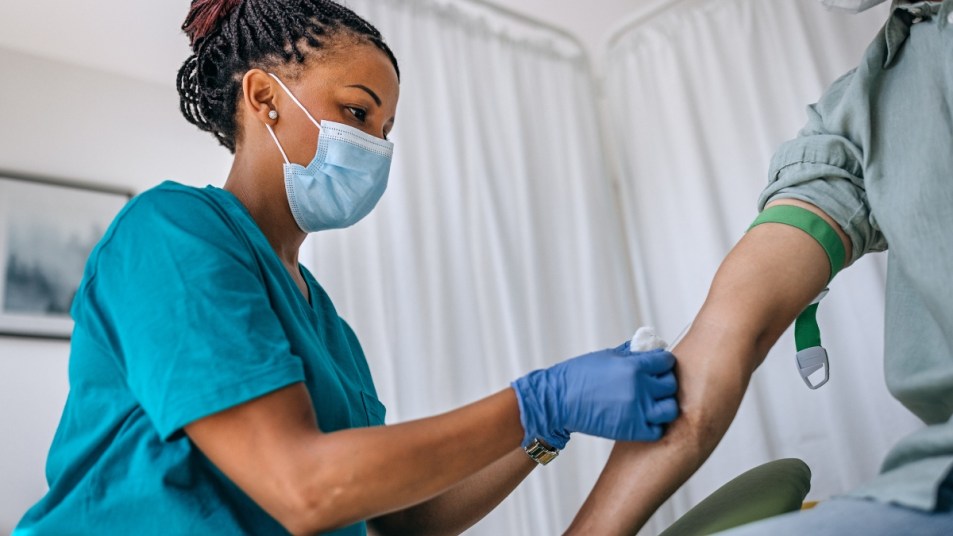A New Test Can Detect More Than 50 Kinds of Cancer

When it comes to detecting cancer, time is of the essence. Routine screenings can help doctors find abnormal tissues in the early stages, when treatment works best, but unfortunately, there are more than 100 types of cancer — and screenings can only catch a few of them. Creating new early-detection methods is critical, and a company called Grail believes it has an answer: a blood test for cancer.
The Research Behind the Breakthrough Test
The idea of using a blood test to detect cancer isn’t new. Scientists have long hoped to create what they call a “blood biopsy,” which would help patients avoid a painful biopsy or invasive test. What makes Grail’s blood test – known as Galleri – so interesting is that it comes from a prenatal test developed by the healthcare company Illumina.
The original non-invasive prenatal test (NIPT) analyzed pregnant women’s blood samples for tiny DNA fragments that could indicate chromosomal abnormalities in fetuses. Dr. Meredith Halks-Miller, pathologist and laboratory director of Illumina’s NIPT clinical lab in 2013, noticed that abnormal DNA fragments could also be a sign of cancer in expectant mothers. That eye-opening research led to the development of Galleri.
The Evidence That a Blood Test for Cancer Works
Grail notes that Galleri detected over 50 types of cancer in an observational study, with a false-positive rate of less than one percent. And if Galleri detects cancer in a blood sample, it can also determine its origin. Better yet, a study published in Clinical Cancer Research found that the Galleri technology can differentiate more aggressive cancers from less aggressive strains.
Forty-five of the cancers that Galleri can detect don’t currently have recommended screening tests in the U.S. For context, just five types of cancers have recommended screenings: breast, cervical, colorectal, prostate, and lung cancer. And each of these screenings has its downsides, including different levels of invasiveness, pain, and false-positive rates.
Can a blood test for cancer take the place of regular screenings?
It’s worth noting that Galleri has its limitations, too. False positives and false negatives, while unlikely, are still a possibility. The same is true for the location of any cancer detected – the test may indicate that the harmful cells are in one part of the body, when they may be in another. Galleri is not meant to replace routine cancer screenings as recommended by healthcare providers — and if the blood test detects cancer, patients will need further testing to confirm a diagnosis.
Still, Galleri is so promising that it is now available in the U.S. by prescription only. At $949, the test is expensive, but not pricier than other traditional cancer screenings. And the actual out-of-pocket cost will vary, depending on the healthcare provider and insurance coverage.
Will Galleri become as commonplace as current cancer screenings? Only time will tell, but its creators are confident that it can — and will — save lives!













